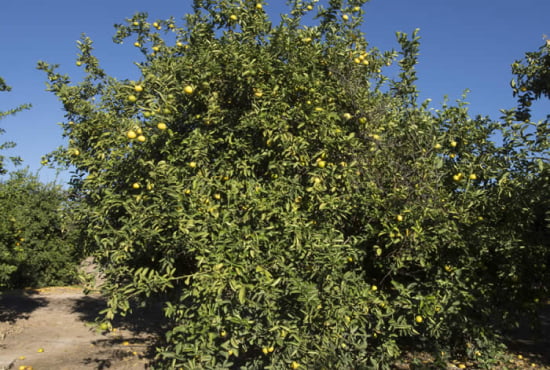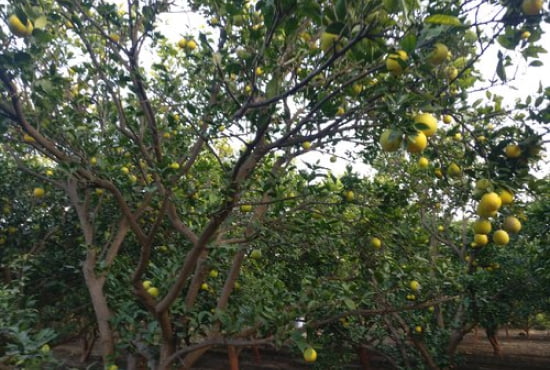Introduction Of Sweet Lime
Sweet lime (Citrus sinensis) is one of the most commonly cultivated species of citrus fruit in the world, both for the juice and its fragrant rind. Sweet limes are primarily used in cooking and are less commonly consumed on their own than other varieties of citrus fruit such as lemons or oranges, although they can be eaten in this manner if desired. These types of limes can also be found growing wild on many islands throughout the Caribbean and tropical areas of the Atlantic Ocean.
Citrus sinensis are thought to be native to tropical Asia, where they have been cultivated for thousands of years. There is some uncertainty about how widely these plants were distributed in Asia before their introduction to Europe and thence, through Spanish explorers and conquistadors, to Mexico.
We do know that sweet limes were known in India by approximately 1500 B.C., when they were depicted on a wall painting at Aahichatragarh, a town in present-day Rajasthan state; they are shown as twigs bearing small fruits, which suggests that perhaps only certain cultivars had been developed by that time.

Common & Regional Names
- Scientific Name : Citrus sinensis
- Hindi : Mousambi / Mosambi
- Marathi : Malkancho, Mosumbi, Chimpimbe
- Bengali : Jujube of India, Limoo amani, Phungazama, Moosambi
- Malayalam : Limau nipis
- Tamil : Kelaai baahjh, Sathukudi
- Telegu : Bathaya Kaayalu
Nutritional value

Taste And Flavor
Very similar to, but sweeter than, a common lemon. The tartness is reduced by growing it in slightly alkaline soil (pH 7.5–8.5). It can be used as a lemon substitute in cooking and beverages including cocktails such as margaritas and Daiquiris, or as an ingredient in marmalades, pies and tarts, liqueurs, and sauces. The fruit is also sweet enough to be eaten out of hand, with no added sugar needed.
Special Character
Sweet lime is known by several names around Southeast Asia. It’s also known as makrut, limau purut, kaffir and ketapang. In Arabic, it’s called Rabbah and in West Africa mampattu. This small round yellow fruit of between four to six centimeters grows on a tree native to South-East Asia (Thailand, Indonesia, Vietnam, and Malaysia). Some claim that these succulent little fruits were taken all over Asia by Portuguese traders in their ships back in 1520.

Health benefits Of Sweet Lime
The use of Citrus sinensis dates back to many ancient civilizations. Citrus sinensis have been used in traditional Chinese medicine for thousands of years, particularly to reduce pain and swelling, as well as to treat fevers and constipation. According to The People’s Pharmacopoeia: A Complete Manual of Natural Medicines, Their Actions, and Uses, by Li Shih-Chen.
Citrus sinensis can be found in Yunnan province throughout China. In addition to their medicinal uses, also used in perfumes and as a flavoring agent in foods such as juices and sauces. It is believed that there are more than 3,000 varieties of sweet limes available today. These include smaller varieties with thin skins and larger varieties with thick skins that make them more suitable for eating.
Both types often grow without thorns on their branches and emit an extremely pleasant aroma when they ripen on trees. This unique plant produces fruit year-round but is most widely available during the winter months. Both its juice and skin are commonly used in cooking or consumed raw. The citric acid contained within its flesh makes it perfect for making marmalades, jellies, or preserving other fruits or vegetables during colder months when fresh produce isn’t available.
Possible health issues
It is safe to consume sweet limes as they do not contain high amounts of oxalic acid, which has been known to be harmful. However, sweet limes should still be consumed in moderation and with caution because consumption of large amounts may lead to a person developing hypokalemia (low potassium levels) and hypercalcemia (high calcium levels). If you notice any unusual symptoms after consuming sweet limes or any other food for that matter, consult your physician immediately.


Your article helped me a lot, is there any more related content? Thanks! https://www.binance.com/cs/join?ref=IJFGOAID